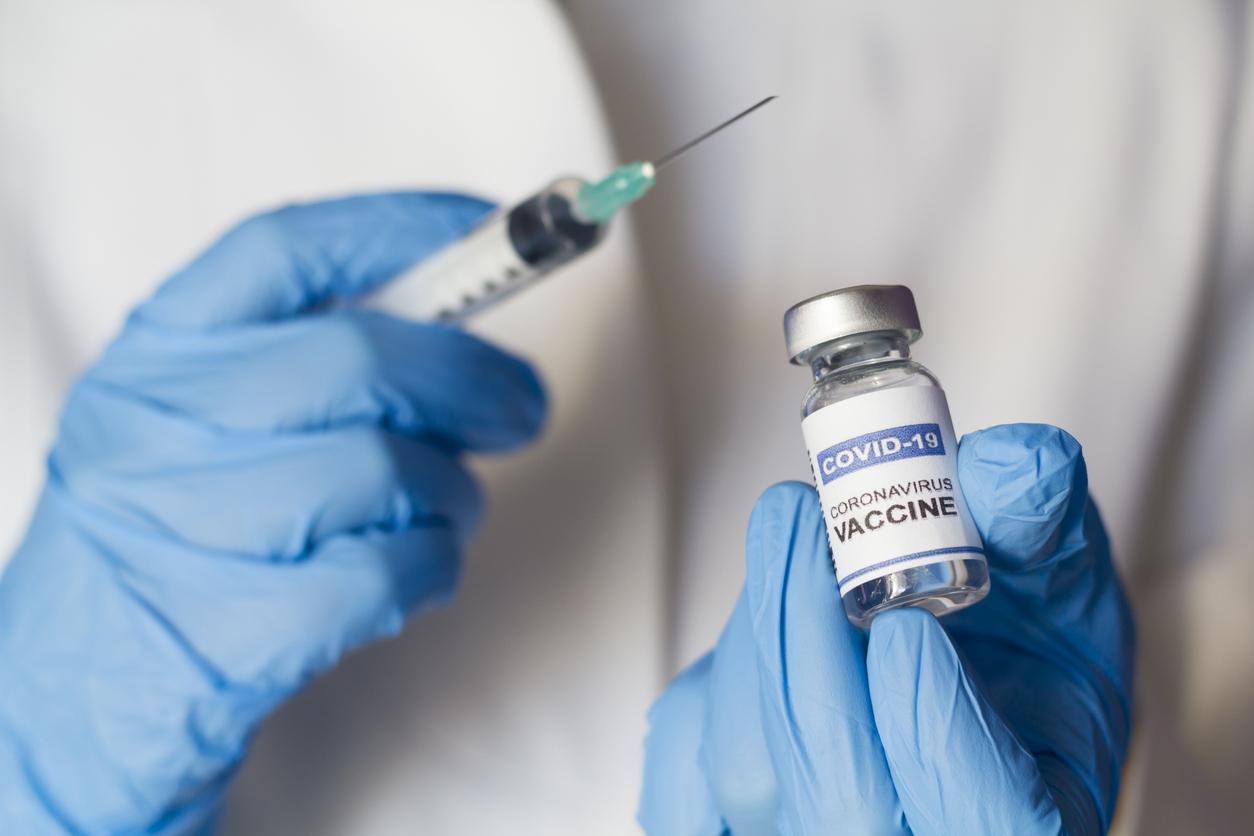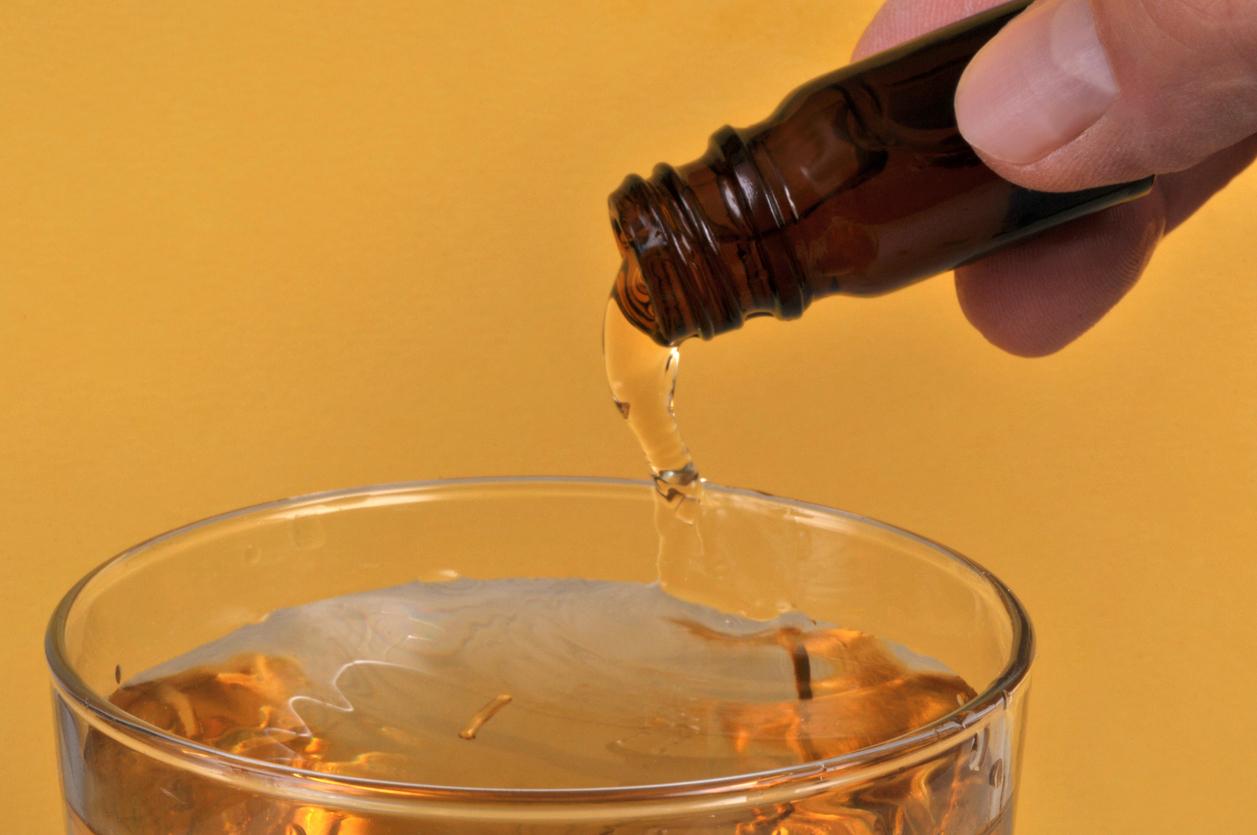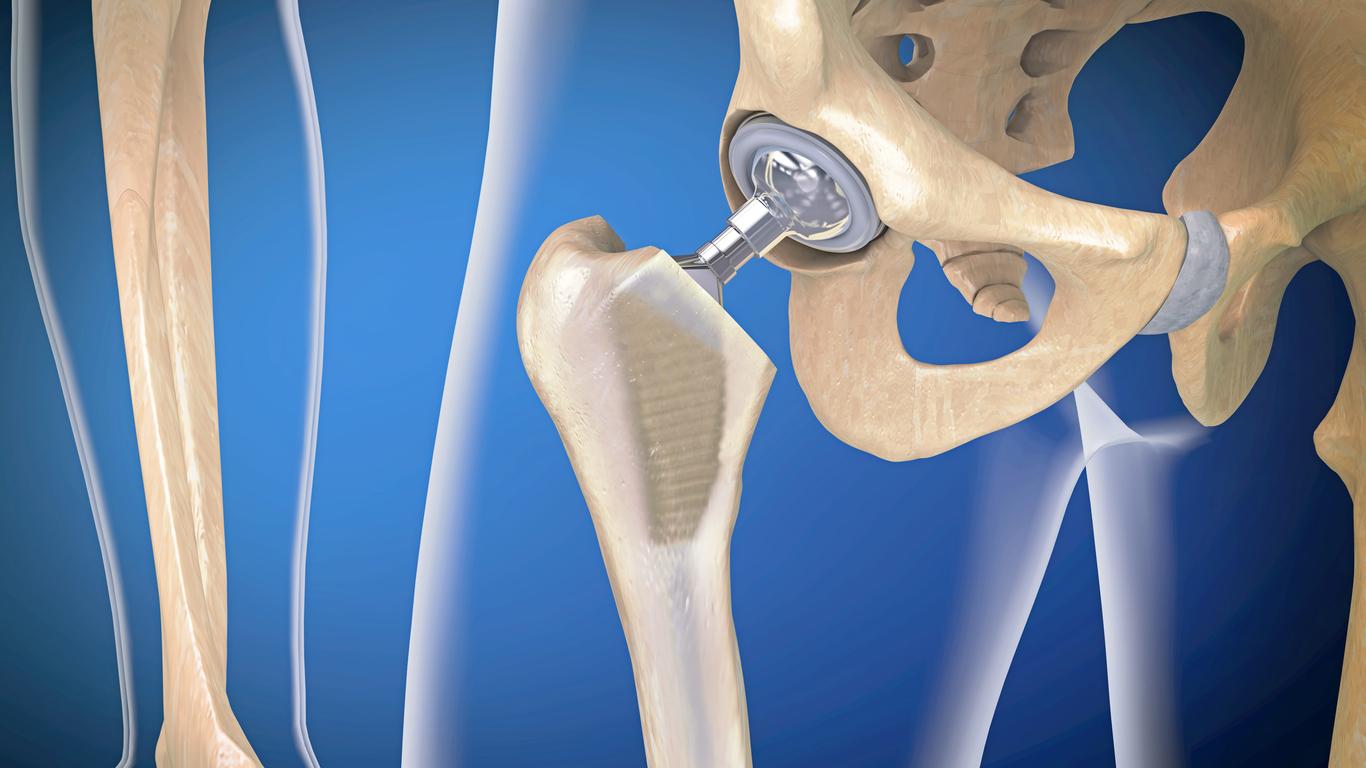ANSES and ANSM warn of cases of “laughing gas” poisoning which have increased sharply among young people in 2020. Inhalation of nitrous oxide has serious and lasting neurological consequences for regular users. .

- 134 cases were recorded in poison control centers in 2020 compared to 46 in 2019, while 254 reports were recorded in addiction monitoring centers compared to 47 the previous year.
- These effects mainly attract young adults, particularly students, but also increasingly high school and college students.
- Poisoning is often accompanied by the occurrence of persistent neurological symptoms and severe damage to the spinal cord.
Nitrous oxide continues to wreak havoc on young people. It is even more and more to believe the latest figures published jointly on Tuesday by ANSES and ANSM. Health authorities report that 134 cases were recorded at poison control centers in 2020 compared to 46 in 2019, while 254 reports were recorded in addiction monitoring centers compared to 47 the previous year. Figures constantly increasing while the year 2019 had already been marked by a significant increase in “laughing gas” poisonings.
Younger consumers
Nitrous oxide is a gas used in the medical field for its analgesic action, and marketed as a propellant gas in whipped cream dispenser cartridges or dry air aerosols. Those who use it as a drug seek its hilarious effect. “The intensity of the effects varies according to each person, the context in which they consume, the quantity and the quality of the product”, specifies the drug-info-service site. Inhalation of nitrous oxide also causes euphoria comparable to drunkenness, visual and auditory distortions, a feeling of dissociation, a state of “floating” and disinhibition. The inhalation also modifies the voice, which becomes particularly deep for a few seconds. The effects are almost instantaneous and disappear in two to three minutes.
These effects mainly attract young adults, especially students. The youngest, high school and college students, are also more and more likely to consume the “proto”. Among the 134 people exposed to nitrous oxide, the median age was 20 years. Slightly less than one in two cases (44%) were between 20 and 25 years old and 19.4% of cases were minors. In total, the spectrum of reported cases ranged from 13 years to 42 years. Moreover, when it was informed, i.e. only in 70% of cases, the type of nitrous oxide consumed was for half of the cases nitrous oxide from cartridges for food use, available over the counter, and inhaled. via balloons, the report says.
Severe damage to the spinal cord
The increase in the number of cases in 2020 is particularly significant since beyond the simple number on the rise, the year was marked by two confinements. For example, no cases were reported in March. This means that most of the intoxications were concentrated after May 11 and until the eve of the second confinement.
The health authorities are warning of the risk incurred by consumers, and in particular the most regular. Poisoning is often accompanied by the occurrence of persistent neurological symptoms and severe damage to the spinal cord. In addition, worrying neuromuscular cases such as paresthesias, tremor of the extremities or muscle pain are regularly reported. Cardio-respiratory arrests and comas can also occur, as well as convulsions and myoclonus (involuntary rapid muscle contractions).
.
















